Voyager 1
Voyager 1 eventually crossed the heliopause and entered interstellar space on August 25 2012 making it the first spacecraft to do so. Voyager 1s family portrait of six planets taken on Feb.
Forty years later the Voyager 1 mission now marks the furthermost point of humanitys reach into our universe.

. The Voyager 1 and 2 spacecraft launched from Earth in 1977. NASAJPL-Caltech NASA said that from what its engineers can tell Voyager 1s AACS is sending randomly generated data. Voyager 1 robotic US.
The twin-spacecraft mission took advantage of a rare orbital positioning of Jupiter Saturn Uranus and Neptune that permitted a multiplanet tour with. The engineering team with NASAs Voyager 1 spacecraft is trying to solve a mystery. Interplanetary probe launched in 1977 that visited Jupiter and Saturn and was the first spacecraft to reach interstellar space.
Voyager 1 was part of a twin-spacecraft mission with Voyager 2. Earth is the tiny point of light near the images center. As they continue their more-than-40-year journey since being launched in 1977 they each are much farther away from Earth and the sun than Pluto.
Voyager 1 is the first spacecraft to reach interstellar space. Voyager 1 2. It originally launched along with its twin Voyager 2 in 1977 to explore the.
Voyagers 1 and 2 were. An engineer works on a dish-shaped Voyager high-gain antenna on July 9 1976. NASA also claim that new data coming through is helping scientists understand the very nature of energy and radiation in space potentially protecting future missions and astronauts.
Because Earth moves around the sun faster than Voyager 1 is speeding away from the inner solar system the distance between Earth and the spacecraft actually decreases at certain times of year. 5 1977 just days after its twin Voyager 2 on Aug. 14 1990 when the spacecraft was 37 billion miles from Earth.
I have a personal fascination for the Voyager missions and wanted to make a display that captured their spirit. Their mission was to explore Jupiter and Saturn and beyond to the outer planets of our solar system. The primary mission was the exploration of Jupiter and Saturn.
The interstellar explorer is operating normally receiving and executing commands from Earth along with gathering and returning science data. These thrusters fire in tiny pulses or puffs lasting mere. Still transmitting data back to earth Voyager 1 pushes the boundaries of human exploration with each passing second.
Voyager 1 NASAs farthest and fastest spacecraft is the only human-made object in interstellar space the environment between the stars. This was a big task. Remastered Voyager 1 photograph of Earth Pale Blue Dot Revisited taken from 37 billion miles away released in February 2020.
This was the reason for the order of their naming Voyager 1 flew past Jupiter on March 5 1979 and Saturn on Nov. The twin Voyager 1 and 2 spacecraft are exploring where nothing from Earth has flown before. But readouts from the probes attitude articulation and control system AACS dont reflect whats actually happening onboard.
While pursuing the trail of Maquis rebels a newly commissioned Starfleet ship gets pulled to the far side of the galaxy. Launched just shortly after its twin spacecraft Voyager 2 in 1977 Voyager 1 explored the Jovian and Saturnian systems discovering new moons active volcanoes and a wealth of data about the outer solar system. No human-made object had ever attempted a journey like that before.
Voyager 1 was launched Sept. NASAs Voyager 1 opens in new tab mission launched in 1977 passed into what scientists call interstellar space in 2012 and just kept going. Tensions rise between the merged starfleet and maquis crews when they find another ship caught within a quantum singularity only find.
Because it was on a faster route to the missions first encounter at Jupiter Voyager 1 overtook Voyager 2 on Dec. The two spacecraft took tens of thousands of pictures of Jupiter and Saturn and their moons. This is a real-time indicator of Voyager 1s distance from Earth in astronomical units AU and either miles mi or kilometers km.
The spacecraft which has been flying for 40 years relies on small devices called thrusters to orient itself so it can communicate with Earth. Voyager 1 reached interstellar space in August 2012 and is the most distant human-made object in existence.
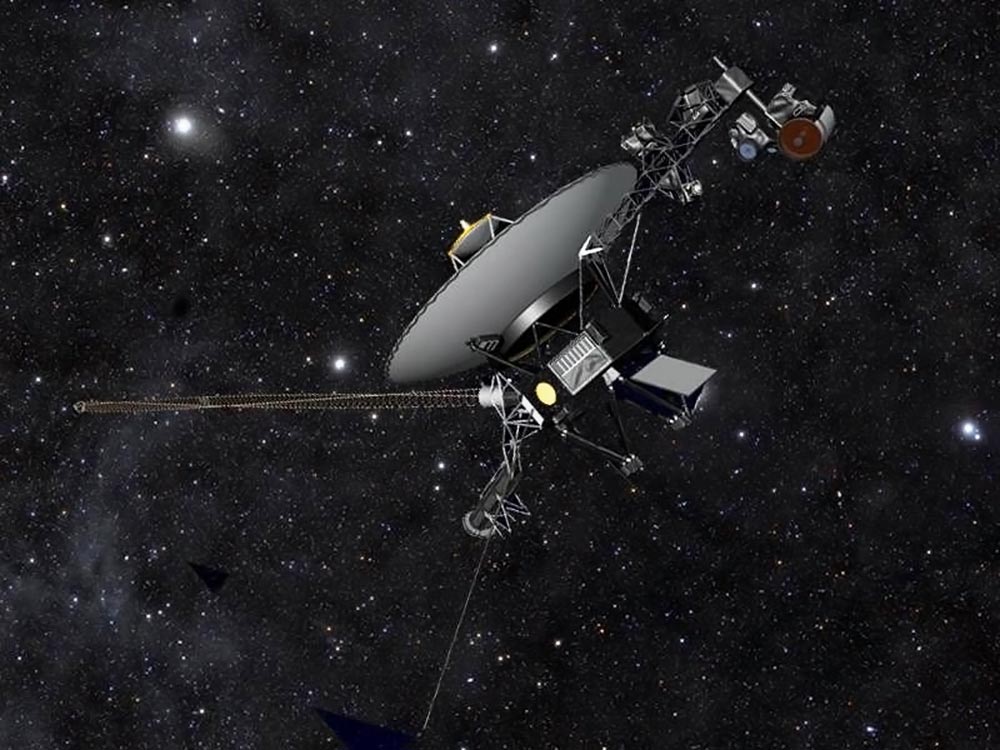
Nasa S Voyager 1 Spacecraft Mystery Engineers Investigating Telemetry Data
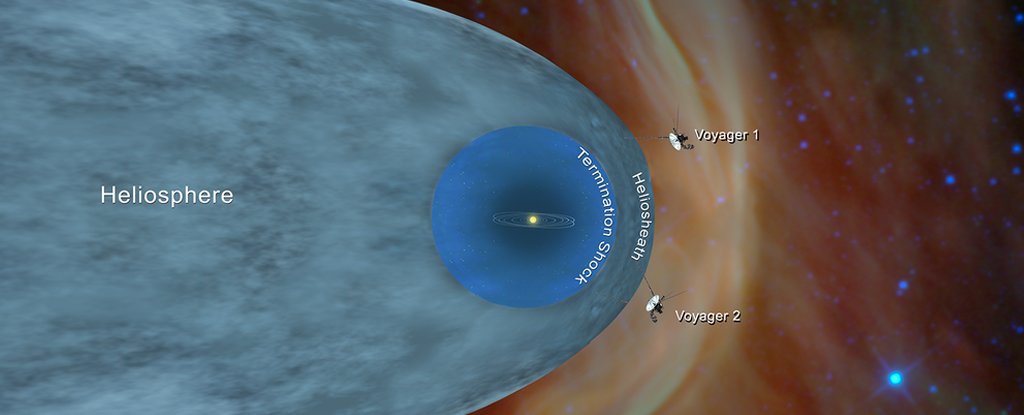
Nasa S Voyager 1 Is Sending Back Mysterious Data From Beyond Our Solar System
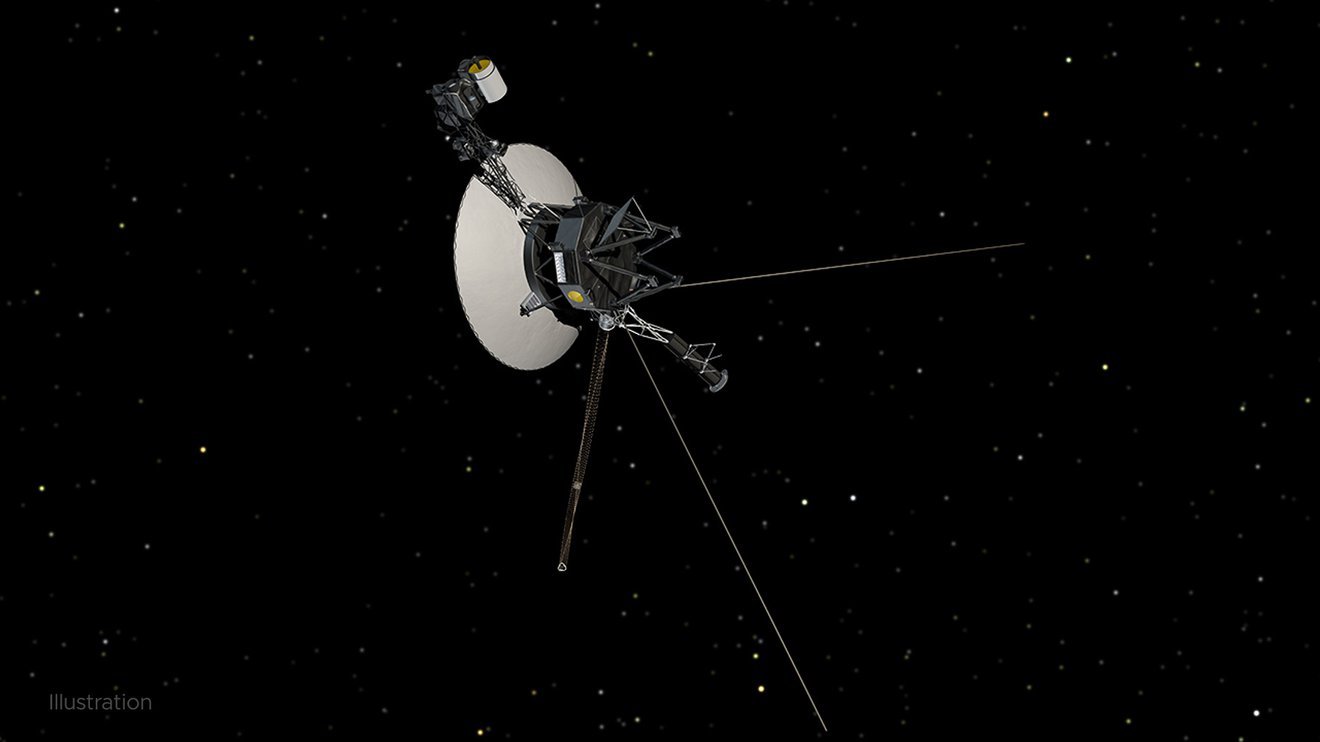
Voyager 1 Mystery Means Slow Long Distance Calls For Nasa Space

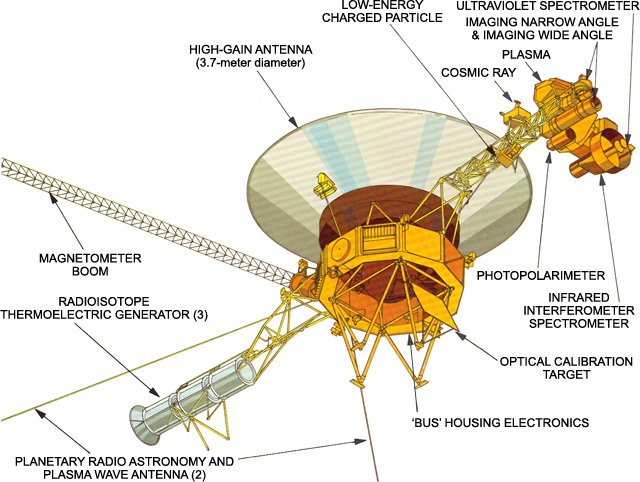
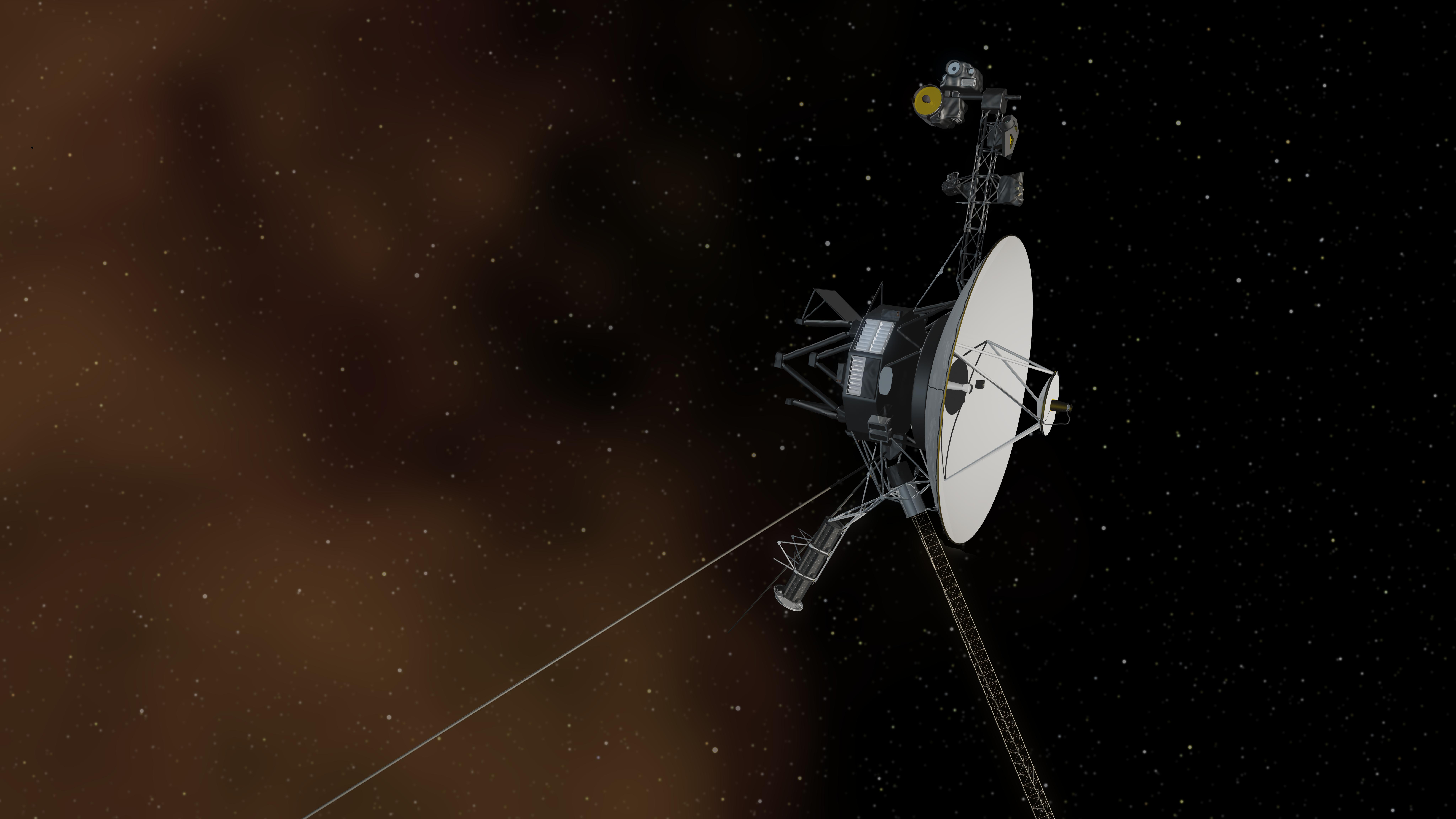
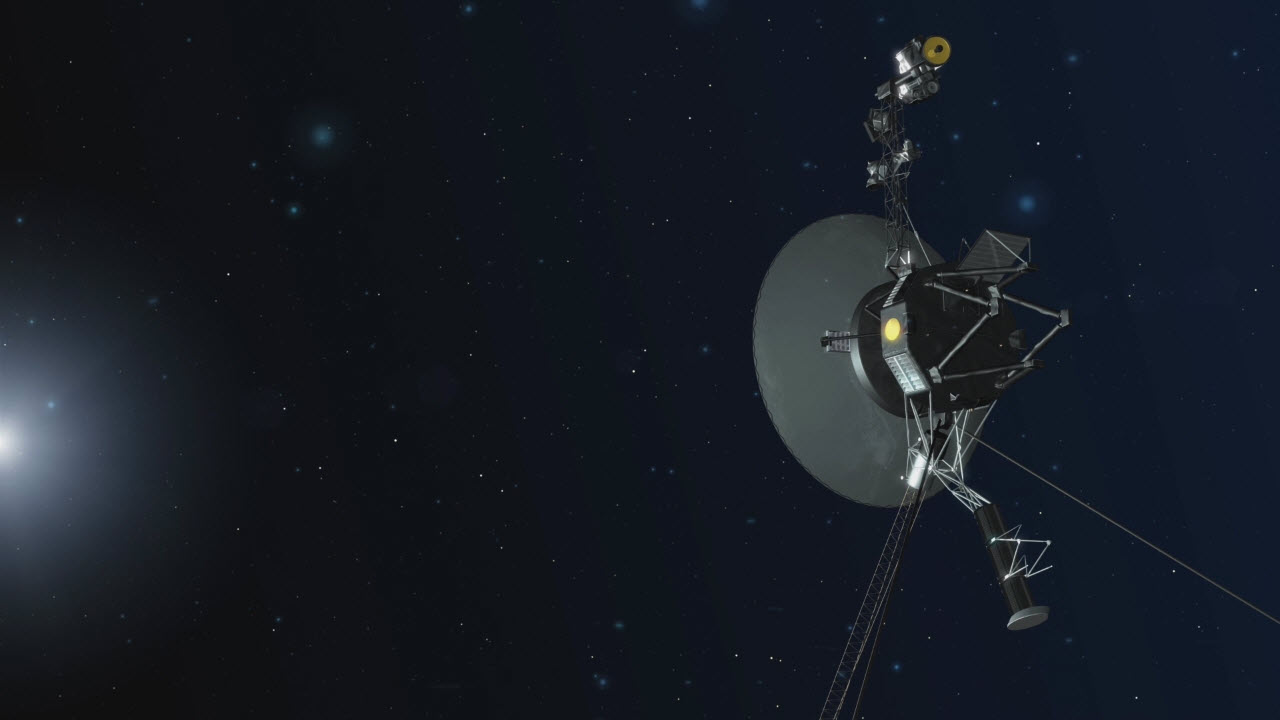
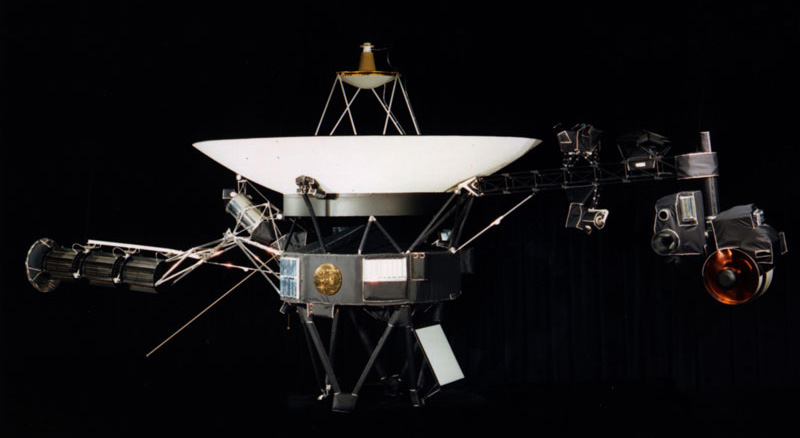
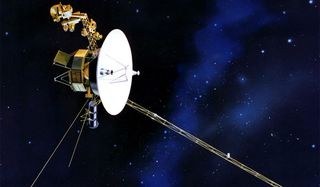
Comments
Post a Comment